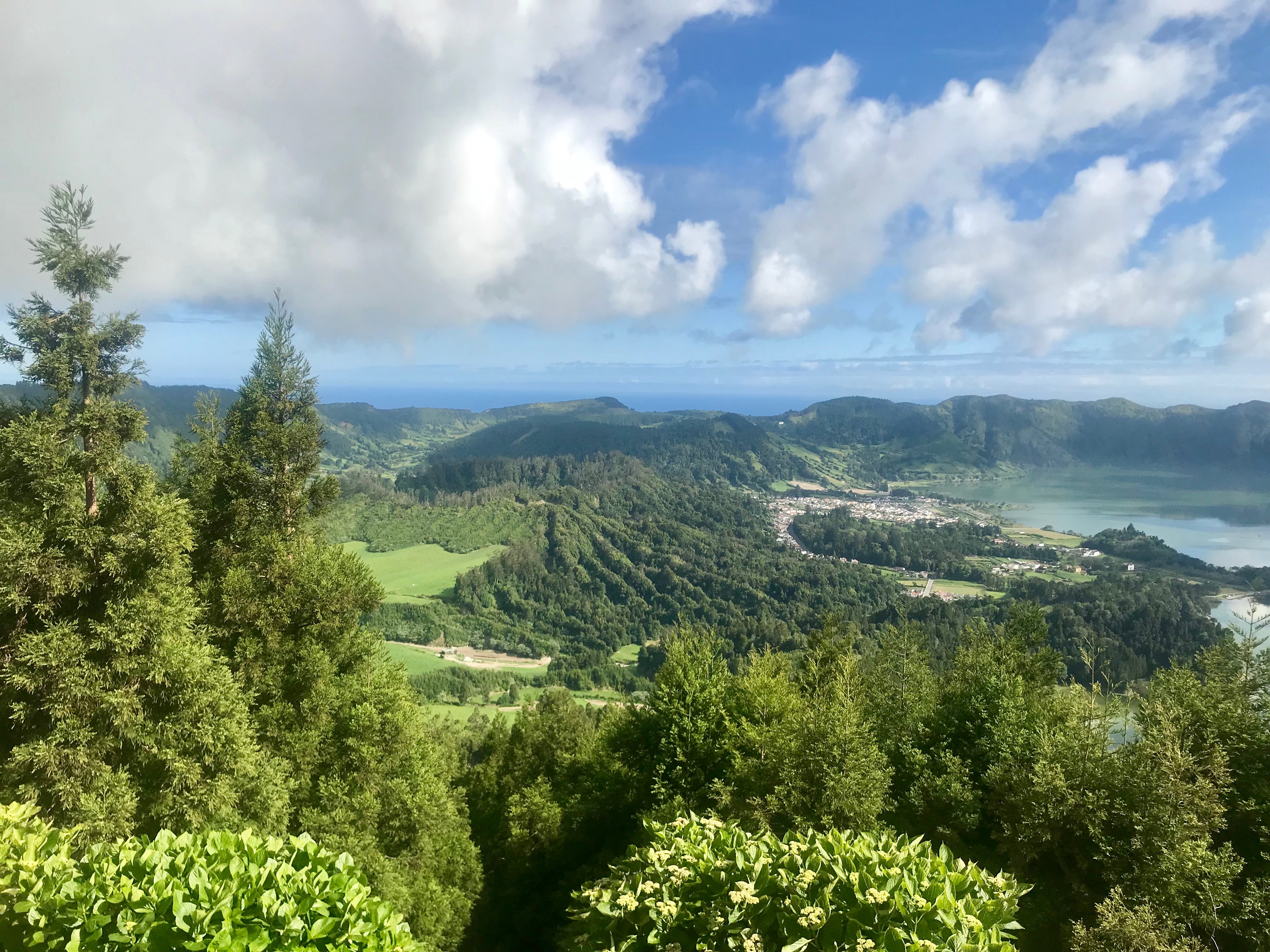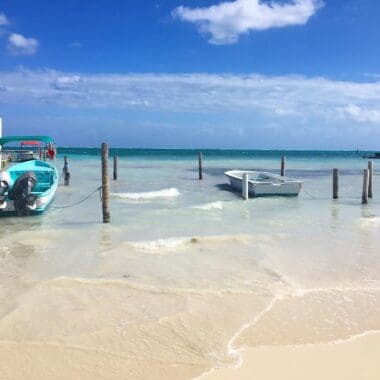Guest post written by Robert Gretch
The Portuguese islands of the Azores are situated in the North Atlantic, right where the warm waters of the Gulf Stream flow past a hotbed of volcanic activity. For frequent fliers, they are the dots that appear on your in-flight map about two thirds of the way from the United States to Europe. They’re well-worth visiting, particularly for those looking for a little adventure. The islands are known for their abundant greenery, hot springs, and distinctly Atlantic (not Mediterranean) feel. But, particularly for people who associate islands with beach escapes, there are a few things that everyone going to the Azores needs to know:
- Welcome to Europe. While situated 900 miles away from the continent, the Azores are part of Portugal, the European Union, and the Schengen Area. Non-EU travelers from many western countries are allowed 90 days’ stay in the Schengen Area within a 180 day period. Prices are in line with the less expensive countries of Western Europe.
- Prepare to spend some time outdoors. The islands’ lush vegetation, calderas, waterfalls, and dramatic vistas are accessible by a well-developed infrastructure of hiking trails, parks, and roadside viewpoints. Bring some sturdy sneakers and dress in layers — the weather can change suddenly, and many must-sees are at high elevations. For the more adventurous, try off-roading, rock-climbing, or horseback riding.
- It’s not Club Med. Unlike many islands, the Azores are not a place to work on your tan. Sandy beaches are in short supply, and the weather is often too rainy, cool, or unpredictable to justify long days lounging at the pool.
- But bring a swimsuit. The islands are known for their diving, snorkeling, surfing, and hot springs. Dive shops are easy to find, as is equipment rental. The waters of the North Atlantic are home to many kinds of marine life you won’t have seen on tropical dives. For those who prefer to stay dry, whale watching tours are popular.
- And an umbrella. The islands’ greenery comes at a price — you’re reasonably likely to have some rain during your trip. While a little wet doesn’t deter the locals, you can avoid the worst of it by visiting between April and August. Temperatures are mild and pleasant all year long, with the summer months being slightly warmer and sunnier.
- Think about renting a car. Car, bike, moped, and ATV rentals are everywhere, and you’ll likely find that public transit can’t get you the remote and picturesque places that you came to the Azores to see. You’ll need a driver’s license and a credit card. Reports vary on whether an International Driving Permit is required, but there’s no harm in having one. Driving is on the right. Winding country roads and switchbacks are common.
- The islands are remote. The islands are not just far from the continent — they’re far from each other. For a short trip to the Azores lasting a few days, visiting one island will give you plenty to do. Air travel is available for island hoppers but is not cheap. Ferry service provides an alternative, but with a 400-mile spread across the archipelago, even boat trips to “nearby” islands can take several hours.
- Come before they’re overrun. Though long known to nature lovers and adventure travelers, the islands have now been discovered by the rest. Tourist numbers have risen dramatically in recent years, and while the infrastructure is nicer, the crowds are bigger.









